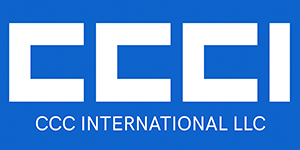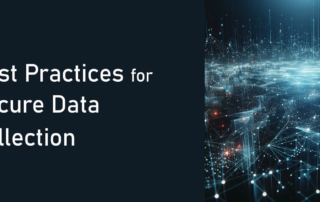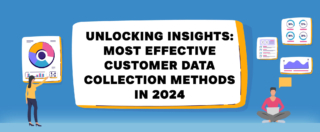Multimedia data annotation is simply the process of adding labels or tags to various types of media content. It can be anything from tagging people or objects in an image to transcribing video or audio footage. And it can do a lot for you and your business.
As a leading provider of data annotation services, we at CCCI have extensive experience in data annotation. We can help you with everything from text annotation to image annotation to video annotation. Whether you need to transcribe audio or label objects in an image, our team is one call away.
The Importance of Data Annotation in a Data-Driven Society
Unlike in previous generations, where businesses could get by with “gut feeling” when it comes to making decisions, today’s business landscape is driven by data. You need accurate and up-to-date data to make the best decisions for your business, regardless of your goal or project.
To get the most precise and valuable data, you need to be able to label or tag it properly. This is where data annotation comes in. Data annotation is the key to unlocking the value of your data. It allows you to structure and organize your data in a way that makes it more accessible and useful. With data annotation, you can:
1. Improve the accuracy of your data.
Data annotation helps improve your data’s accuracy by adding context and detail that you can miss otherwise. This is especially important for audio and video data, which can be challenging to transcribe without proper labeling.
2. Make your data more searchable and accessible.
A data annotation company assists in making your data more searchable and accessible. By tagging and labeling data, you can more easily find the information you need when you need it.
3. Share your data with others.
If you need to share your data with colleagues or partners, data annotation can help to make it more understandable and useful. Labeling data allows you to provide context that can be lost in translation.
4. Get more insights.
With the proper tags, you can more easily find patterns and trends in your data that you can use to improve your business.
5. Organize your data for better decision-making.
Organizing and labeling your data makes it much easier to search through and find the specific information you’re looking for. This can be a lifesaver when you’re dealing with large data sets.
6. Turned unstructured data into actionable insights.
Most businesses have more unstructured data than they know what to do with. This data is often left unused because it’s challenging to make sense of. But with data annotation, you can turn this unstructured data into actionable insights that can help improve your business.
Steps in Data Annotation Process
How exactly does multimedia data annotation work? Here’s a look at the steps involved in the process:
Data Collection
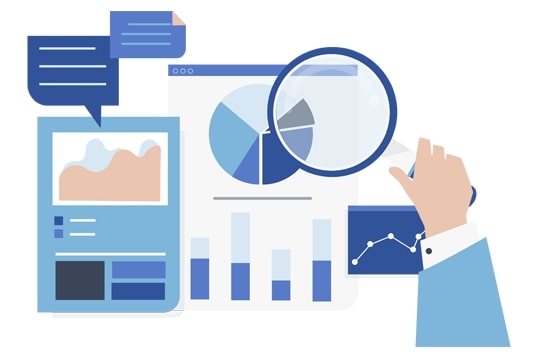
The first step is to collect the data you need. This can be done in various ways, depending on the type of data you’re working with. For example, if you’re annotating images, you may need to take pictures or download them from the internet. If you’re transcribing audio, you may need to record it yourself or get it from a third-party source.
Once you have your data, the next step is to prepare it for annotation. This usually involves formatting the data in a specific way so it can be read by the annotation tool. For example, you may need to convert an audio file into a text file.
Annotation and Labeling
After preparing the data, it’s time to start annotating and labeling. This is the process of labeling or tagging the data. If you’re annotating an image, you may need to label the objects in the image. If you’re transcribing audio, you may need to label the speakers and the topics discussed.
It’s vital to review it to ensure that all the labels are accurate. This is especially important for audio and video data, as it is easy to miss something when transcribing.
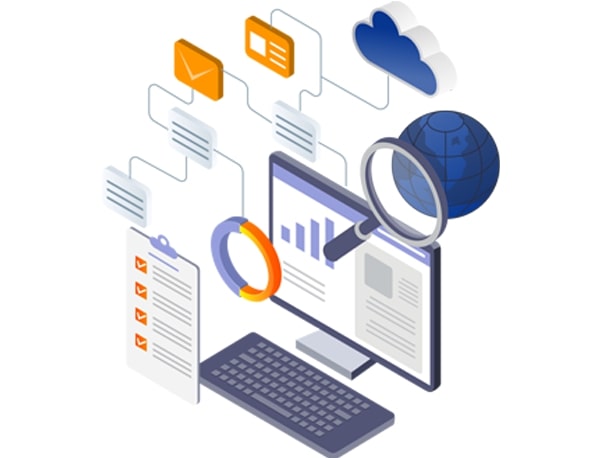
Deployment or Production
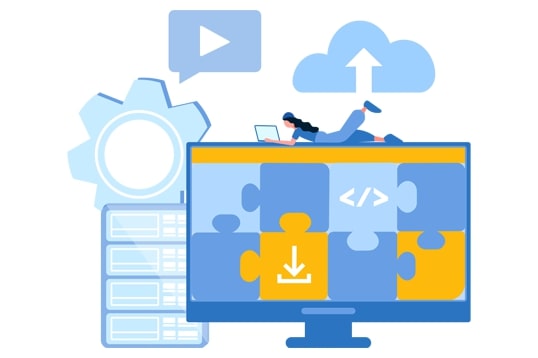
After the labeling and reviewing of the data, it’s ready to be deployed or put into production. This usually involves putting the data into a format other tools or systems can use.
Text Annotation
You may be wondering what types of data annotation are available. CCCI’s services include text annotation, the process of adding labels or tags to text data. It’s text categorization, which helps improve searchability or provide context. It includes a variety of annotations, such as:
- Semantic Annotation
- Intent Annotation
- Entity Annotation
- Sentiment Annotation
Image annotation
Image annotation is when we add labels or tags to images. It is most helpful for businesses when the images are being used for computer vision purposes. You can use this annotation type to identify objects, people, or scenes in an image.
Video Annotation
Using videos for business purposes is becoming more and more common. It puts importance on video annotation, the adding of labels or tags to video data, to improve the usefulness of this data. This type of annotation is valuable for various purposes, such as transcribing audio or identifying objects in a video.
Audio Annotation
Do you have audio files that need transcription? Audio annotation is the process of adding labels or tags to audio data. It is vital in transcribing audio, identifying speakers, or labeling the topics discussed. Keep in mind that transcription of audio data into text needs speech recognition! Businesses can take advantage of this technology, which is getting more and more accurate, to improve the usefulness of their audio data.
High-Quality Multimedia Data Annotation by CCCI
Data annotation in machine learning has become a crucial part of how businesses can draw actionable insights from their data. It’s a complex process that requires both human and artificial intelligence to work together.
There are many reasons to outsource your data annotation needs. It saves you time and money, allows you to free up internal resources, and gives you high-quality results. And when you outsource to CCCI, you can rest assured that you’re getting the best possible service!
As a data annotation company, we understand the roles of humans and machines in data annotation. Our team also sees how vital data is to businesses in a wide range of industries. And we’re always on the lookout for new ways to improve our services! We can work on whichever platform and provide you with the results in the format you need.
CCCI has the experience and expertise to handle your multimedia data annotation needs. We offer high-quality services at a competitive price and are always here to answer your questions. Whether you’re looking to maximize your data’s potential or you’re just getting started with data annotation, we can help! Get in touch with us today to learn more about our services.
FAQS ABOUT MULTIMEDIA DATA ANNOTATION
After preparing the data, it’s time to start labeling and annotation. This is the process of labeling or tagging the data. If you’re annotating an image, you may need to label the objects in the image, etc.
The types of data annotation are text annotation, image annotation, video annotation, audio annotation. For having these services, contact us.
CCC International is a professional multimedia data annotation company, providing text annotation, image annotation, video annotation, and audio annotation services. Contact us for multimedia data annotation.
To get the most precise and valuable data, you need to be able to label or tag it properly. Data annotation is the key to unlocking the value of your data. It allows you to structure and organize your data in a way that makes it more accessible and useful.
With data annotation you will be able to improve the accuracy of your data, make your data more searchable and accessible, share your data with others, get more insights, and more.
Data annotation consists of several steps, which include data collection, annotation and labeling, and deployment or production.
Text annotation is the process of labeling text data for easier analysis. This can be done for various purposes, such as sentiment analysis, topic modeling, and named entity recognition. Contact us for text annotation.
Image annotation is when we add labels or tags to images. It is helpful for object detection, image classification, and facial recognition. Contact us for image annotation.
Video annotation is the adding of labels or tags to video data, to improve the usefulness of this data. It can be used for object detection, behavior recognition, and event detection. Contact us for video annotation.
Audio annotation is the process of adding labels or tags to audio data. It can be done for different purposes, such as speech recognition, speaker identification, and emotion detection. Contact us for audio annotation.
RELATED BLOGS
Best Practices for Secure Data Collection
Key Takeaways: Secure data collection refers to the process [...]
Unlocking Insights: Most Effective Customer Data Collection Methods in 2024
Customer data collection methods have changed dramatically over time, [...]
The Role of Actionable Data in Decision-Making
Actionable data proves to be a potent tool across [...]
